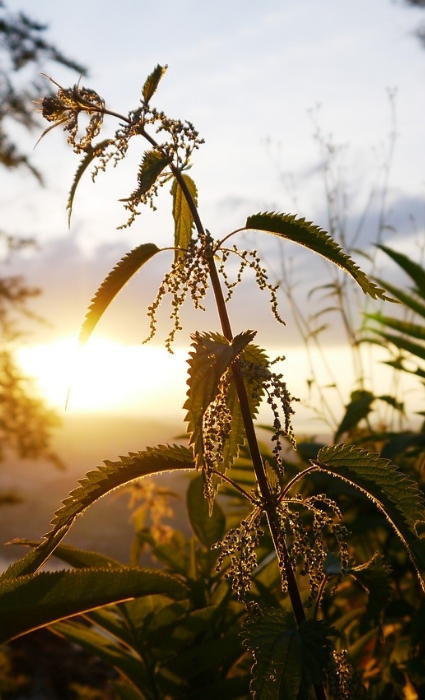Diversifying plant fibers The - Première Vision Paris - Denim Première Vision - Première Vision New York
For a long time, linen, hemp, nettles, kapok or jute have had a discreet market presence. Over the past few seasons, their performances have enabled them to make a comeback. While cotton still accounts for 22% of the world’s fiber production, other plant fibers currently account for around 5% of global production, and are gaining in strength to open up a whole new field of possibilities.
Iconic bast fibres: flax and hemp
Linen and hemp possess shared environmental and technical characteristics that are truly beneficial for biodiversity.
- Economic use of water – As rain-fed crops, these plants are not irrigated, other than in periods of severe drought.
- Minimum inputs – Sustainable agricultural practices used by producers of European Flax® European linen.
- Crop rotation – Enriches soils and improves the quality of subsequent crops.
- Carbon sink – The root systems of these plants allow them to fix large quantities of carbon in the soil.
- Zero waste – Long fibre for clothing or upholstery, short fibres for ropes, paper and composites.
- Multiple properties – Thermoregulating, breathable, antibacterial properties
Hemp can undergo a cottonisation procedure to unify the length and diameter of the fibres and ensure homogenous quality and then use greater percentages of hemp in the composition. With a view to minimizing impact, the ideal solution is to develop without dyeing, using the natural colour of flax, in slub fashion items or flax as a printing base.
Reflecting today’s expectations, flax and hemp are committed to tracing their value chain to provide social and environmental guarantees. In their European Flax® certified versions, flax guarantees the traceability of premium flax, without GMOs or irrigation.
In the case of GOTS-certified materials, the flax or hemp is organically grown, GMO-free, and promotes soil health through cultivation practices free of pesticides and synthetic fertilizers, and through soil rotation.


Linens and hemp come in a multiplicity of looks.
Their bold naturality will be asserted in linen or jersey with a flamed effect or bring a dense authenticity with qualities in milled yarns, compact twills or shibori effects.
In order to offer a silky materiality, they are also found in refined blends with silk, or more frequently with lower impact artificial materials, for silky velvets, shirt qualities or fluid knits that can be traced back to the raw material.
Thus a liberian fluidity is expressed with EcoVero™, Naia™, ou avec les blends, or with new generations of recycled cellulosics such as Nucycl™ or Naia Renew™.
These mixed compositions are moreover an asset for circularity, thanks to the high cellulose content of these fibers, facilitating textile-to-textile recycling.
Another possibility for anchoring them in innovation is to blend them with Spiber’s Brewed Protein™ fiber, a protein fiber developed by fermenting ingredients of plant origin.
The rise of lower impact natural materials
Jute, also known as “Calcutta hemp” or “Bengal hemp”, is grown in crop rotation and absorbs CO₂. It has very good resistance to deformation and excellent dye affinity.
Nettle is a European plant. Ramie, also known as Chinese nettle, is a white nettle with longer fibres, grown mainly in Asia.
They require little water, fertiliser or pesticides, grow quickly and can be harvested up to 5 times a year. European nettle also absorbs nitrogen to restore the soil. Ramie is finer and makes for softer fabrics, whereas nettle is more suited to twill and serge/denim. They have resistance and thermoregulation properties, and ramie also has a beautiful sheen.


Nettle Circle by Haelixa, the traceable Himalayan nettle, has the distinctive feature of providing traceability with plants marked at source using Haelixa’s DNA tracers, verifiable with a rapid PCR test.
The robustness of the markers withstands all transformations, from raw material to finished product.
Abaca, also known as “Manila hemp”, is made from fibres extracted from banana leaves. Its properties combine sheen, strength and lightness. It can be harvested up to 3 times a year.
Kapok is drought-resistant and needs minimal water supply. It is insulating and naturally waterproof. It is increasingly being blended with cellulose materials to provide comfort, softness and fluidity.
Another plant joining the collections, beLEAF™ is developed from Alocasia Macrorrhiza, a giant leaf from a Brazilian tree. Stabilized by vegetable tanning, with matte finishing with vegetable oils, its use is facilitated by lamination onto recycled microfiber knit.
*Source Textile Exchange – Materials Market Report 2023
